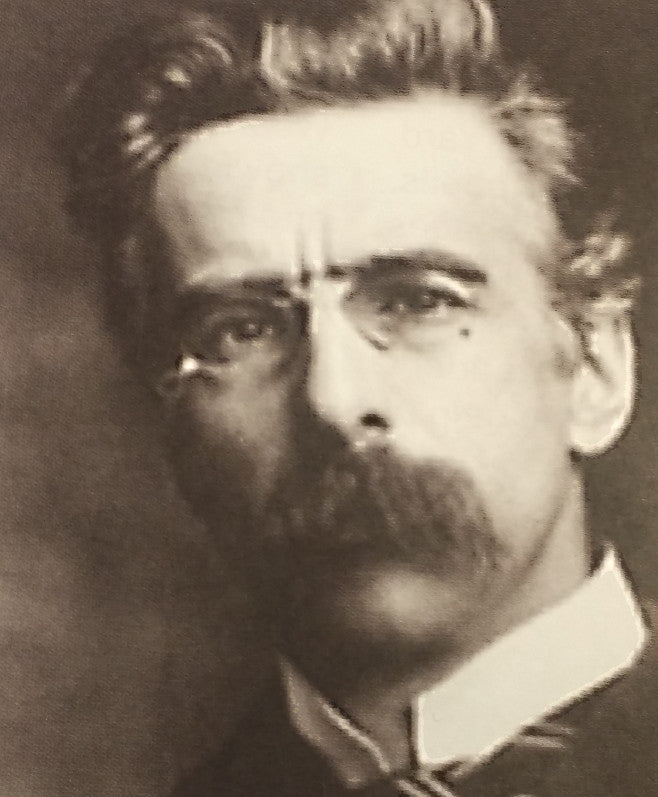
A GREAT IRISH SCIENTIST.
JOHN JOLY (1 November 1857 - 8 December 1933).
A great Irish Scientist you may never have heard of.
John Joly was born in Bracknagh, Co. Offaly. John's father, Rev. J.P. Joly was of French lineage while his mother Julia Anna Maria Georgina, came from a Prussian-Italian family with noble connections. His father died shortly after he was born and the family then moved to Dublin where he was educated at the Rathmines School from ages 15 to 17. Even at this early age, John acquired the nickname 'Professor' as he was always occupied with some experiment or gadget. He also was greatly interested in poetry and literature and was a regular contributor to the school magazine.
John must have made quite an impression as he entered Trinity College. He was tall and lean with a bushy moustache and spoke in a French accent to mask a lisp. His studies continued to be diverse and included classics, English literature and engineering (graduated 1882) and remained at Trinity until his death.
After the 1883 eruption of the Krakatoa volcano, John had an interesting new idea of collecting ash samples from ships that had been close to the eruption upon which he published some of his earliest work. In this early part of his career at Trinity, John also invented many scientific instruments including a device for measuring the intensity of light, a device for determining melting points and a device for measuring the specific heat of gases. These designs were deemed valuable enough to be sold to others in the UK and Ireland.
In 1894, John invented the 'Joly process' for colour photography which used a glass plate containing fine colour lines behind the lens of a camera. When the pictures taken were viewed through a similar glass plate, they would appear in vivid colour. Although the method was not commercially successful for John, the Kodak company would employ a version of the technique for decades until it was replaced by digital techniques.
John was appointed as Professor of Geology and Mineralogy in 1879. At that time, it was believed that the earth was between 24 and 40 million years old based on the work of Lord Kelvin. John was interested in the topic and suggested that a better estimate could be found by estimating the amount of salt in the oceans and considering the rate at which rivers deposit salt into the ocean.
John was quick to recognise value in new techniques and so in the early 1900's he delved into the emerging field of radioactivity. John realized that it is possible to use radioactive decay to move accurately estimate age estimates. John applied his knowledge of radioactivity and his engineering skill to a very significant medical challenge of the time. Working with Dr. Walter Stevenson, he developed small hollow needles for delivering radioactive gas to internal cancers. The 'Dublin method' entered use world-wide use and is the forerunner of many modern cancer treatments.
John never married and he died in 1933. John Joly is buried in Mount Jerome cemetery. Dublin.